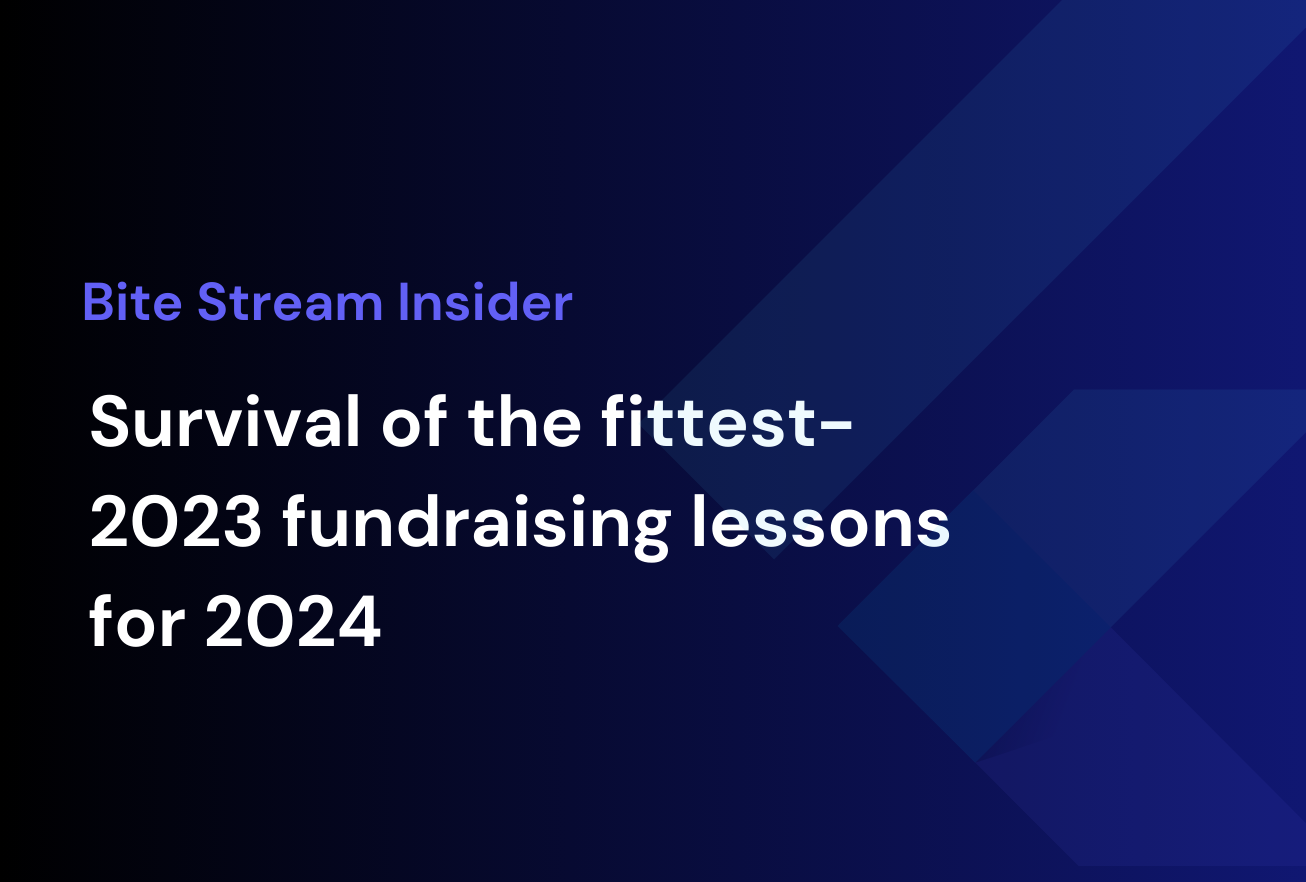Goldman Sachs’ Lori Pomerantz discusses developments and investment opportunities in US credit markets.
Lori Pomerantz is Lead Portfolio Manager on the High Yield, Bank Loan and Opportunistic credit teams within Goldman Sachs Asset Management Fixed Income. Prior to joining GSAM Fixed Income in 2020, Lori was a Vice President in GSAM’s Alternative Investments and Manager Selection (AIMS) business. Lori’s expertise spans a variety of sub-asset classes, including High Yield, Leveraged Loans, Investment Grade, Multi-Sector Fixed Income, Structured Credit, and Municipals, as well as ESG incorporation into those strategies. Prior to Goldman, she spent 12 years as a High Yield and Leveraged Loan Credit Analyst at BNP Paribas, Macquarie Capital, Citigroup, and Lehman Brothers. Lori earned a BBA with concentrations in Finance and Accounting from the Ross School of Business at the University of Michigan and currently serves on the Advisory Board of Governors for the Ross School.
– US credit markets experienced sharp swings in both directions last year. What is your outlook for credit markets in 2021?
We are constructive on the credit markets. We believe a combination of macro and corporate forces should keep credit spreads within a relatively tight range, therefore making coupon income the dominant component of excess returns.
We believe that friendly macro policies alongside vaccine-driven growth improvements will bolster corporate fundamentals and will support credit markets in 2021. From a technical standpoint, credit markets also benefit from robust investor demand given the low yield environment. This is evidenced by limited new issue concessions.
More specifically, with central banks remaining dovish and growth optimism building, we see value in cyclical segments of credit markets, such as US high yield, which we expect to deliver total returns of 4-5% this year. We also see value in broadly syndicated bank loans given coupons will reset higher alongside any growth-driven rises in rates. Our bank loan return forecast ranges from 4.5-5.5% driven by coupon income as well as modest price appreciation.
– What macro trends will impact credit markets as we head into the summer?
We are entering a period of positive macro data momentum as encouraging vaccine rollout allows for a normalization in corporate operating environments. This will allow companies to improve balance sheet positions, and brightens the outlook for earnings and revenue growth, which will result in natural deleveraging. In our view, sequential progress in balance sheet positions will be particularly notable in virus-sensitive sectors such as Airlines and Leisure that will benefit to a greater degree from normalization of high-contact service activities.
Inflation is another macro trend that is top of mind for credit investors. We believe growth improvements will be accompanied by tamer increases in underlying inflation. That said, we acknowledge that near-term inflation data will be volatile and may trend higher in response to transient factors, such as statistical base effects, higher oil prices, an unwind of policies such as VAT rate cuts, and a pick-up in certain services prices.
While we do not expect inflation to trend meaningfully higher on a sustained basis at the macro level, our corporate credit research analysts are mindful of inflation dynamics at the sector level. For example, consumer goods companies face higher input costs ranging from food, chemicals and packaging. These will weigh on profit margins in the near term, though we expect the impact to be partially offset by technology-driven productivity gains and cost controls. Broadly speaking, the extent to which corporate profit margins will be impacted by higher input costs will depend on their ability to pass through higher costs to end consumers, as well as the buoyancy of the economic recovery. Overall, our analysis suggests raw material prices are an important determinant of input cost measures relative to labor costs.
– What macro developments should credit investors be mindful of?
The main macro market event in 2021 to date has been a rise in rates. For credit markets and risk assets more generally, the driver of a rise in rates is important. Typically, growth-driven increases in rates are not cause for concern for credit spreads, while a rise in rates in response to pulled forward prospects for easy policy withdrawal can be a headwind.
Our base case expectation is for spreads to remain relatively well-behaved given the supportive policy and growth backdrop. In fact, bouts of spread widening, perhaps around rate increases driven by solid incoming economic data, may present an opening to add idiosyncratic exposure to certain high yield rated corporate bonds and bank loans. Nonetheless, we recognize that a tight starting point for spreads does create room for widening, underscoring the importance of astute security selection.
Beyond developments in rates, we are closely following the evolution of the pandemic, consumer behavior as normal spending opportunities return, measures of underlying inflation pressures and US tax policy announcements.
– What credit developments are you keeping an eye out for in 2021?
As the economic recovery gains traction, we will be monitoring corporate management behaviors. Paradoxically, successful vaccine rollout and raised growth expectations increase the risk that management teams abandon conservative mindsets and opt for behaviors that can weaken balance sheet positions. This includes re-leveraging and equity-friendly behaviors, such as share buybacks and dividend payments. For example, an increase in leverage may arise from debt-funded mergers and acquisitions (M&A) as fiscal support lifts risk sentiment and leads companies to deploy cash buffers accumulated over the past year towards M&A. Lastly, we continue to carefully watch the industries which have been most impacted by the virus, particularly those exposed to the consumer and the reopening theme.
Our dynamic process that is driven by fundamental bottom-up analysis and complemented by our top-down macro theses allows us to add/trim positions depending on the changing economic conditions.
General Disclosures
This information discusses general market activity, industry or sector trends, or other broad-based economic, market or political conditions and should not be construed as research or investment advice. This material has been prepared by GSAM and is not financial research nor a product of Goldman Sachs Global Investment Research (GIR). It was not prepared in compliance with applicable provisions of law designed to promote the independence of financial analysis and is not subject to a prohibition on trading following the distribution of financial research. The views and opinions expressed may differ from those of Goldman Sachs Global Investment Research or other departments or divisions of Goldman Sachs and its affiliates. Investors are urged to consult with their financial advisors before buying or selling any securities. This information may not be current and GSAM has no obligation to provide any updates or changes.
The commentary is for informational purposes only and should not be construed as investment or tax advice nor is it a recommendation to buy, sell, or hold any particular security. Holdings may change by the time you receive this report. The securities discussed do not represent all of the portfolio’s holdings and may represent only a small percentage of the portfolio’s holdings.
High-yield, lower-rated securities involve greater price volatility and present greater credit risks than higher-rated fixed income securities.
Economic and market forecasts presented herein reflect a series of assumptions and judgments as of the date of this presentation and are subject to change without notice. These forecasts do not take into account the specific investment objectives, restrictions, tax and financial situation or other needs of any specific client. Actual data will vary and may not be reflected here. These forecasts are subject to high levels of uncertainty that may affect actual performance. Accordingly, these forecasts should be viewed as merely representative of a broad range of possible outcomes. These forecasts are estimated, based on assumptions, and are subject to significant revision and may change materially as economic and market conditions change. Goldman Sachs has no obligation to provide updates or changes to these forecasts. Case studies and examples are for illustrative purposes only.
THIS MATERIAL DOES NOT CONSTITUTE AN OFFER OR SOLICITATION IN ANY JURISDICTION WHERE OR TO ANY PERSON TO WHOM IT WOULD BE UNAUTHORIZED OR UNLAWFUL TO DO SO.
This material is provided at your request for informational purposes only. It is not an offer or solicitation to buy or sell any securities.
Prospective investors should inform themselves as to any applicable legal requirements and taxation and exchange control regulations in the countries of their citizenship, residence or domicile which might be relevant.
Views and opinions expressed are for informational purposes only and do not constitute a recommendation by GSAM to buy, sell, or hold any security. Views and opinions are current as of the date of this presentation and may be subject to change, they should not be construed as investment advice.
The portfolio risk management process includes an effort to monitor and manage risk, but does not imply low risk.
Confidentiality
No part of this material may, without GSAM’s prior written consent, be (i) copied, photocopied or duplicated in any form, by any means, or (ii) distributed to any person that is not an employee, officer, director, or authorised agent of the recipient.
In the United Kingdom, this material is a financial promotion and has been approved by Goldman Sachs Asset Management International, which is authorized and regulated in the United Kingdom by the Financial Conduct Authority.
© 2021 Goldman Sachs. All rights reserved. Compliance Code: 238978-OTU-1400385
Interview with Lori Pomerantz, Lead Portfolio Manager Goldman Sachs




